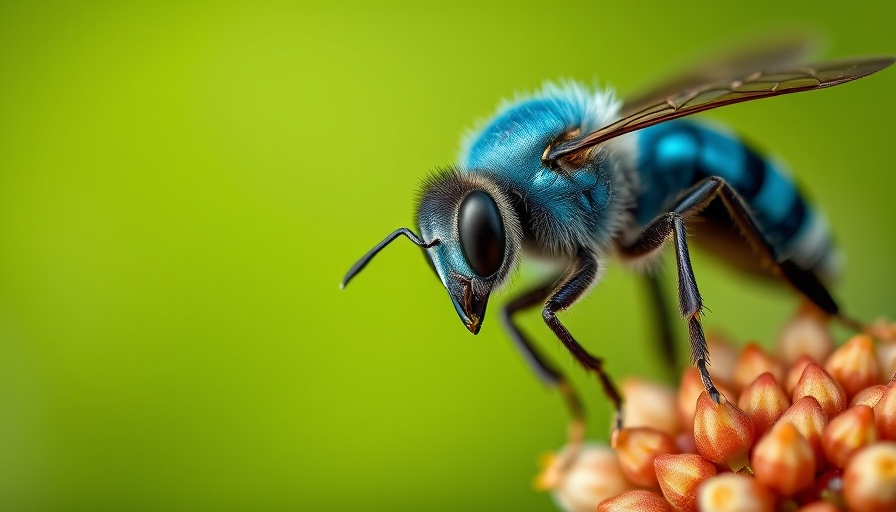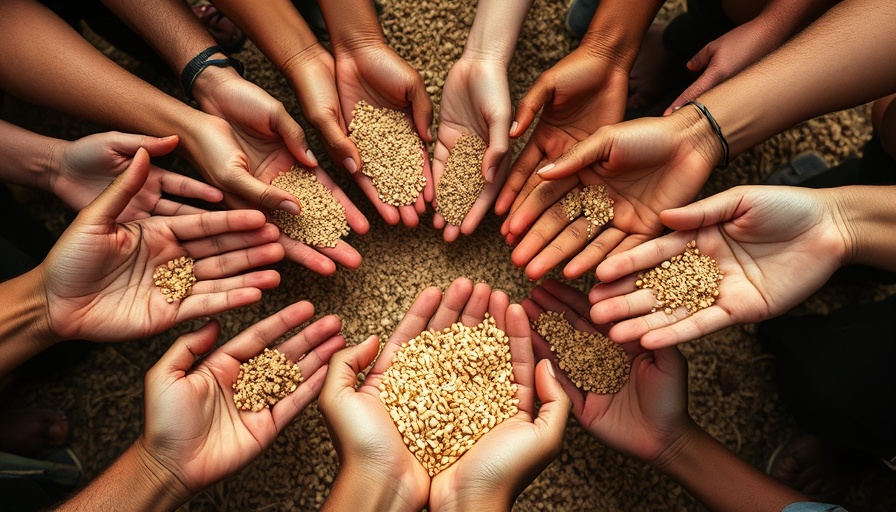
Emerging Threats to Bees: A Comprehensive Overview
As we celebrate United Nations World Bee Day, it's vital to recognize the profound challenges facing our bee populations. A newly released report titled Emerging Threats and Opportunities for Conservation of Global Pollinators sheds light on the 12 major emerging threats to bees and other pollinators over the next decade and beyond. According to the report led by Simon Potts, a professor of biodiversity and ecosystem services, early identification of these threats is crucial. It allows us to act pro-actively, ensuring the continued existence of essential pollinators that play a significant role in maintaining our food systems and ecosystems.
Pollinators: Why They Matter
Pollinators, which include bees, bats, butterflies, and certain birds, are indispensable to 90% of flowering plants and over 75% of global crops. Their ongoing decline — accelerated by factors such as pesticides, habitat loss, and climate change — calls for urgent attention. Without these creatures, our food supply and environmental balance are at stake.
War Zones: A Threat to Biodiversity
Perhaps unexpectedly, one of the most pressing threats is wars and conflicts. When nations engage in combat, agricultural practices often shift, leading to a reduction in crop diversity necessary for sustaining pollinators. Reduced food varieties mean fewer nectar and pollen sources for the bees and other pollinators, putting immense pressure on their populations.
Microplastics and Their Silent Threat
Another insidious danger comes from microplastics. These tiny particles can infiltrate the ecological niches where pollinators thrive, adversely impacting their health and longevity. As environmental pollution increases, so does the risk to the delicate balance these creatures maintain within our ecosystems.
Ill-considered Conservation Efforts
Interestingly, poorly planned conservation initiatives can also jeopardize pollinators. While planting trees is often seen as a solution to combat climate change, indiscriminate planting can harm local ecosystems. The types of trees planted must support the natural habitat and food sources needed for pollinators.
A Call for Awareness
Beyond these specific threats, air pollution and changes in agricultural practices introduce numerous stressors. For instance, heavy metals and antibiotic residue can affect in-hive health, leading to a decline in populations. As we consider the broader implications of our actions, from the food we consume to the policies we support, it's crucial to understand that protecting bees is not just an environmental issue; it's a matter of economic resilience and food security.
Taking Action: What Can You Do?
This report underscores the urgent need for both awareness and action. By supporting biodiversity and advocating for responsible agricultural practices, we can safeguard the future of our pollinators. Moreover, individuals can make a difference by creating pollinator-friendly environments, such as planting native flora and minimizing pesticide usage in gardens.
As we reflect on these emerging threats facing bees and other critical pollinators, it becomes clear that they need our support now more than ever. Engaging in eco-friendly practices can help in their conservation and ensure a thriving ecosystem for future generations.
 Add Row
Add Row  Add
Add 




Write A Comment